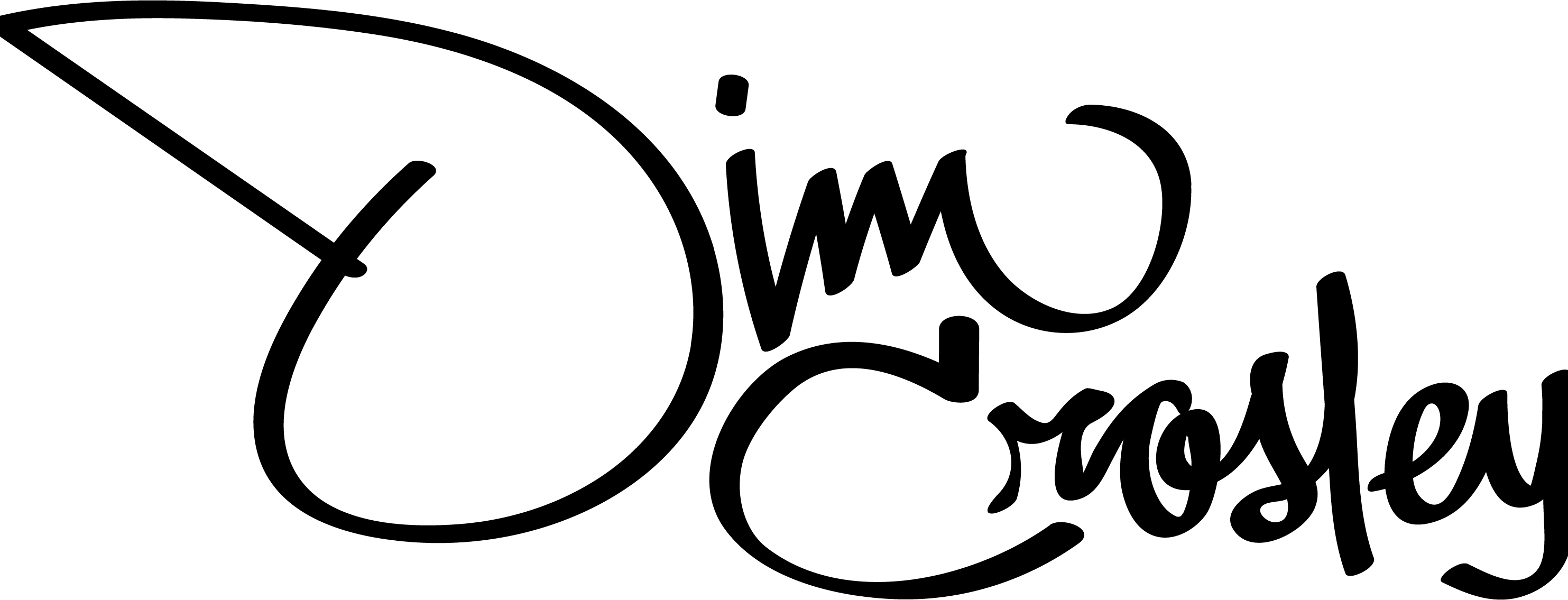I sharpen kitchen knives and pocket knives.
I do not sharpen knives with serrated edges or knives with a recurve.
Service
Turnaround for most jobs is 24 hours.
Drop off an pick up can be arranged. I'm happy to have knives dropped off at my place or meet in a public place for exchange.
At the moment I am working in Kensington BK, servicing Kensington, Windsor Terrace, Ditmas Park and parts of Flatbush.
Rates
$10
Knives that have a blade length under 4 inches (not including handle).
$15
Knives that have a blade length over 4 inches (not including handle).
$25
Knives that need significant reshaping or sharpening due to damage.
10% OFF
Orders of 10 or more knives. Get in on the discount by combining an order with family or neighbors!
My Tools
I sharpen using hand tools. I've found that for knives I care about hand tools allow more control and leave less room for damaging mistakes.
Whetstones have been used for centuries, providing a reliable way to maintain a keen edge on blades.
I'm able to reshape knives that have been damaged badly — chipping, missing tips, or even repairing other sharpeners' mistakes. Moving to higher grits surfaces, I can refine and polish a knife's blade to become sharper than new.
Dos and Don'ts
Do — Use a honing steel
Honing steels - or “sharpening steels” do not actually sharpen your knives. They are a great tool though.
After the edge of your blade is used it can take small damage including rolls. A honing steel can realign and straightens out the metal fibers that bend while cutting.
We’ve all seen pro chefs wave their knives and honing steels in a fury before getting to work on TV. It’s not that easy for us though. Here’s a great way to use a honing steel so that the blade gets back to a good shape and we’re being precise.
Hold the rod at a 90 degree angle to a cutting board with the handle side up. Using your dominate hand, start with the back of the knife towards the top of the steel and make the angle of the knife 15 degrees off of the surface of the honing steel. With a smooth motion, pull the knife down the rod while moving it back so that the tip reaches the bottom of the rod by the time it reaches the cutting board. Repeat this on both sides about 10 times each. That’s it!
Don't — Use pull-through sharpeners
Pull-through sharpeners are generally considered not ideal for sharpening knives because they can significantly damage the blade by removing too much material unevenly, leading to a weakened edge, altered blade profile, and potential for micro-chipping, especially when used frequently; they often lack control over the sharpening angle and can create inconsistent results, making them better suited for quick touch-ups on a very dull knife rather than regular sharpening.
